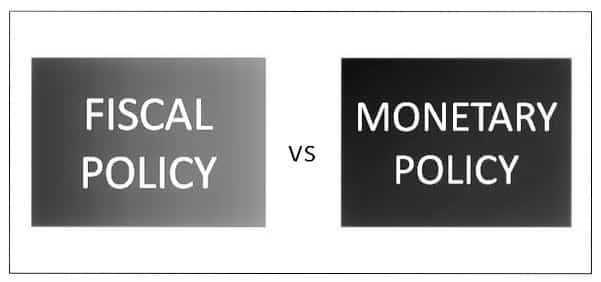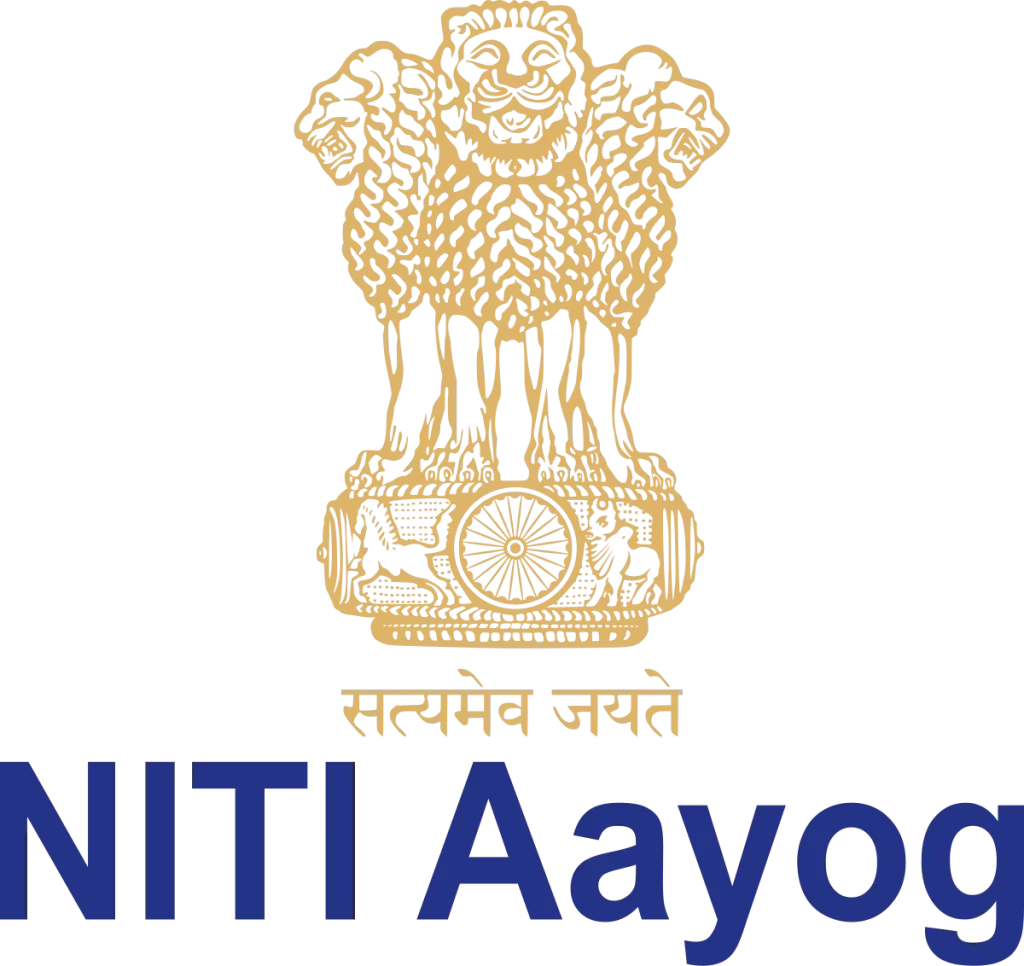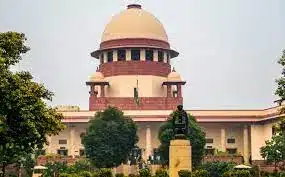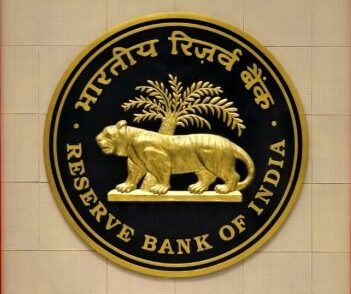Difference between Fiscal Policy and Monetary Policy
Fiscal policy And monetary policy are two different tools that have an impact on the economic activity of a country.
- Fiscal policy deals with the taxation and expenditure decisions of the government. On the other side, the monetary policy deals with the supply of money in the economy and the rate of interest.
- In India as well as almost all countries, the government deals with fiscal policy while the central bank (RBI in India) is responsible for monetary policy.

Below are certain points of difference between the monetary and fiscal policy
| Parameter | Monetary Policy | Fiscal Policy |
| Definition | It is a financial tool that is used by the central banks in regulating the flow of money and the interest rates in an economy | It is a financial tool that is used by the central government in managing tax revenues and policies related to expenditure for the benefit of the economy |
| Managed By | Central Bank of an economy | Ministry of Finance of an economy |
| Measures | It measures the interest rates applicable for lending money in the economy | It measures the capital expenditure and taxes of an economy |
| Focus Area | Stability of an economy | Growth of an economy |
| Impact on Exchange rates | Exchange rates improve when there is higher interest rates | It has no impact on the exchange rates |
| Targets | Monetary policy targets inflation in an economy | Fiscal policy does not have any specific target |
| Impact | Monetary policy has an impact on the borrowing in an economy | Fiscal policy has an impact on the budget deficit |
How monetary policy works
- The Central Bank may have an inflation target of 4%. If they feel inflation is going to go above the inflation target, due to economic growth being too quick, then they will increase interest rates.
- Higher interest rates increase borrowing costs and reduce consumer spending and investment, leading to lower aggregate demand and lower inflation.
- If the economy went into recession, the Central Bank would cut interest rates.
How Fiscal policy Works
Fiscal policy is carried out by the government and involves changing:
- Level of government spending
- Levels of taxation
- To increase demand and economic growth, the government will cut tax and increase spending (leading to a higher budget deficit).
- To reduce demand and reduce inflation, the government can increase tax rates and cut spending (leading to a smaller budget deficit).
Which is more effective monetary or fiscal policy?
In recent decades, monetary policy has become more popular because:
- Monetary policy is set by the Central Bank, and therefore reduces political influence (e.g. politicians may cut interest rates in the desire to have a booming economy before a general election).
- Fiscal policy can have more supply side effects on the wider economy. E.g. to reduce inflation – higher tax and lower spending would not be popular, and the government may be reluctant to pursue this. Also, lower spending could lead to reduced public services, and the higher income tax could create disincentives to work.
- Monetarists argue expansionary fiscal policy (larger budget deficit) is likely to cause crowding out – higher government spending reduces private sector expenditure, and higher government borrowing pushes up interest rates. (However, this analysis is disputed).
- Expansionary fiscal policy (e.g. more government spending) may lead to special interest groups pushing for spending which isn’t really helpful and then proves difficult to reduce when the recession is over.
- Monetary policy is quicker to implement. Interest rates can be set every month. A decision to increase government spending may take time to decide where to spend the money.
However, the recent recession shows that monetary policy too can have many limitations.
- Targeting inflation is too narrow.
- Liquidity trap: In a recession, cutting interest rates may prove insufficient to boost demand because banks don’t want to lend and consumers are too nervous to spend.
- Even quantitative easing – creating money may be ineffective if banks just want to keep the extra money on their balance sheets.
- Government spending directly creates demand in the economy and can provide a kick-start to get the economy out of recession. Thus in a deep recession, relying on monetary policy alone, may be insufficient to restore equilibrium in the economy.
- In a liquidity trap, expansionary fiscal policy will not cause crowding out because the government is making use of surplus saving to inject demand into the economy.
- In a deep recession, expansionary fiscal policy may be important for confidence – if monetary policy has proved to be a failure.
Summary
Both fiscal and monetary policy play a large role in managing the economy and both have direct and indirect impacts on personal and household finances. Fiscal policy involves tax and spending decisions set by the government, and will impact individuals’ tax bill or provide them with employment from government projects. Monetary policy is set by the central bank and can boost consumer spending through lower interest rates that make borrowing cheaper on everything from credit cards to mortgages.
Also refer :








